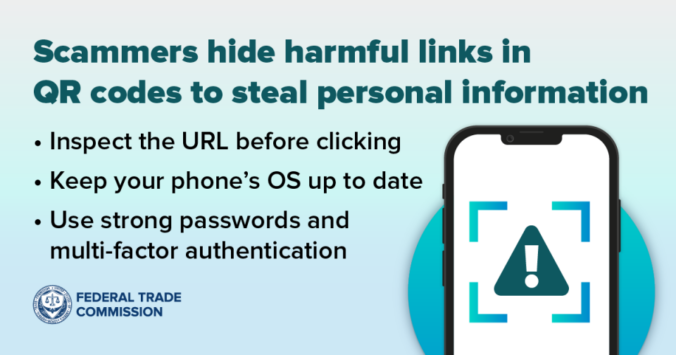On August 20, 2024 the Authors Guild published a press release concerning the state’s book ban and the Guild’s reaction. Here we present portions of the press release; please click on the link to read the full text.
In an alarming escalation of an ongoing trend toward censorship, Utah has become the first state to implement a sweeping, statewide ban on specific book titles in public schools. The law, which took effect on July 1, 2024, is part of a disturbing nationwide trend that has drawn fierce criticism from free speech advocates, including the Authors Guild and the American Library Association (ALA).
Also concerning are the implementation guidelines, which require that banned materials be “legally disposed of” (unlike laws in other states which require that materials be moved to where minors cannot access them) and prohibit their sale or distribution. This language eerily echoes historical instances of book burning and suppression of ideas.
The Utah State Board of Education’s newly released “No-Read List” spans an astonishing range of literature. Works by beloved children’s author Judy Blume, acclaimed poet Rupi Kaur, and the widely celebrated Margaret Atwood are among 13 titles now prohibited in all public school classrooms and libraries across the state.
The ALA’s latest report reveals an unprecedented surge in book bans, with the number of titles targeted for censorship increasing by 65% in 2023 compared to the previous year. This escalation has reached the highest levels ever documented by the ALA, with efforts made to censor 4,240 unique book titles in schools and libraries.
Let Utah Read, a coalition of organizations, librarians, teachers, and parents, has launched a petition to “fix the ‘sensitive materials’ law.” Their goal is to amend HB 29 and stop the banning of books across the state.
In addition to legal action, the Authors Guild has engaged in educational efforts, hosting webinars on book banning and censorship featuring authors whose works have faced challenges, particularly those from LGBTQIA+ and BIPOC communities. As part of the National Coalition Against Censorship, the Guild has signed numerous letters urging school boards to reconsider removing books from library shelves without due process.
Editor’s Note: these are the books Utah has banned in this latest censorship insanity (we do not think it is any coincidence, by the way, most of these books were written by women #rampantmisogeny).
- A Court of Thorns and Roses by Sarah J. Maas
- A Court of Frost and Starlight by Sarah J. Maas
- A Court of Mist and Fury by Sarah J. Maas
- “A Court of Silver Flames by Sarah J. Maas
- What Girls Are Made Of by Elana K. Arnold
- A Court of Wings and Ruin by Sarah J. Maas
- Milk and Honey” by Rupi Kaur
- Forever by Judy Blume
- Tilt by Ellen Hopkins
- Fallout (Crank, Book 3) by Ellen Hopkins
- Oryx and Crake by Margaret Atwood
- Blankets by Craig Thompson
- Empire of Storms by Sarah J. Maas







